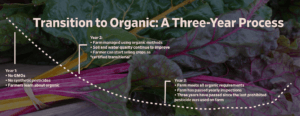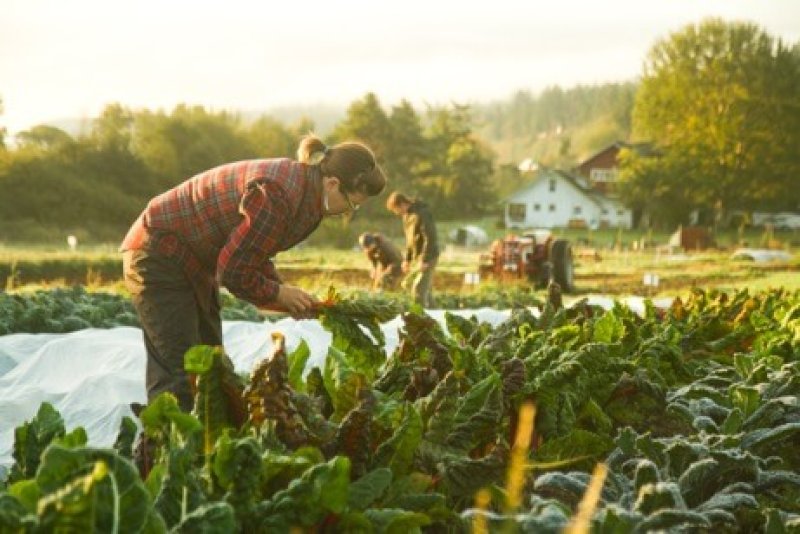There are two stories to tell about the state of organic agriculture in the US. The first is a success story, the inspirational tale of a fringe industry that—in less than two decades—has transformed into a $43-billion-dollar powerhouse.
…
But there’s another story here, too. And to tell that one, you only need a single stat:
Less than 1 percent of all U.S. farmland is certified organic.
…
The 1 percent figure isn’t due to sluggish demand. Quite the opposite: consumers want more organic food than domestic farmers can currently supply, which forces retailers, feed companies, and packaged food manufacturers to bridge the gap with organic imports from other countries. … In 2016, 50 percent of our organic corn and 80 percent of our organic soy had to be imported from countries…

If demand is so great, why don’t more farmers switch over? What’s keeping organic’s market share at that anemic 1 percent?
The answer’s pretty simple: three long years.
Conventional farmers can’t just drop everything and go organic. According to the way the USDA standard is written, conventional farmers must use organic methods for three years before they can call their crops organic.
The GLP aggregated and excerpted this blog/article to reflect the diversity of news, opinion, and analysis. Read full, original post: While demand soars, less than 1 percent of U.S. farmland is certified organic. So why don’t farmers switch?































